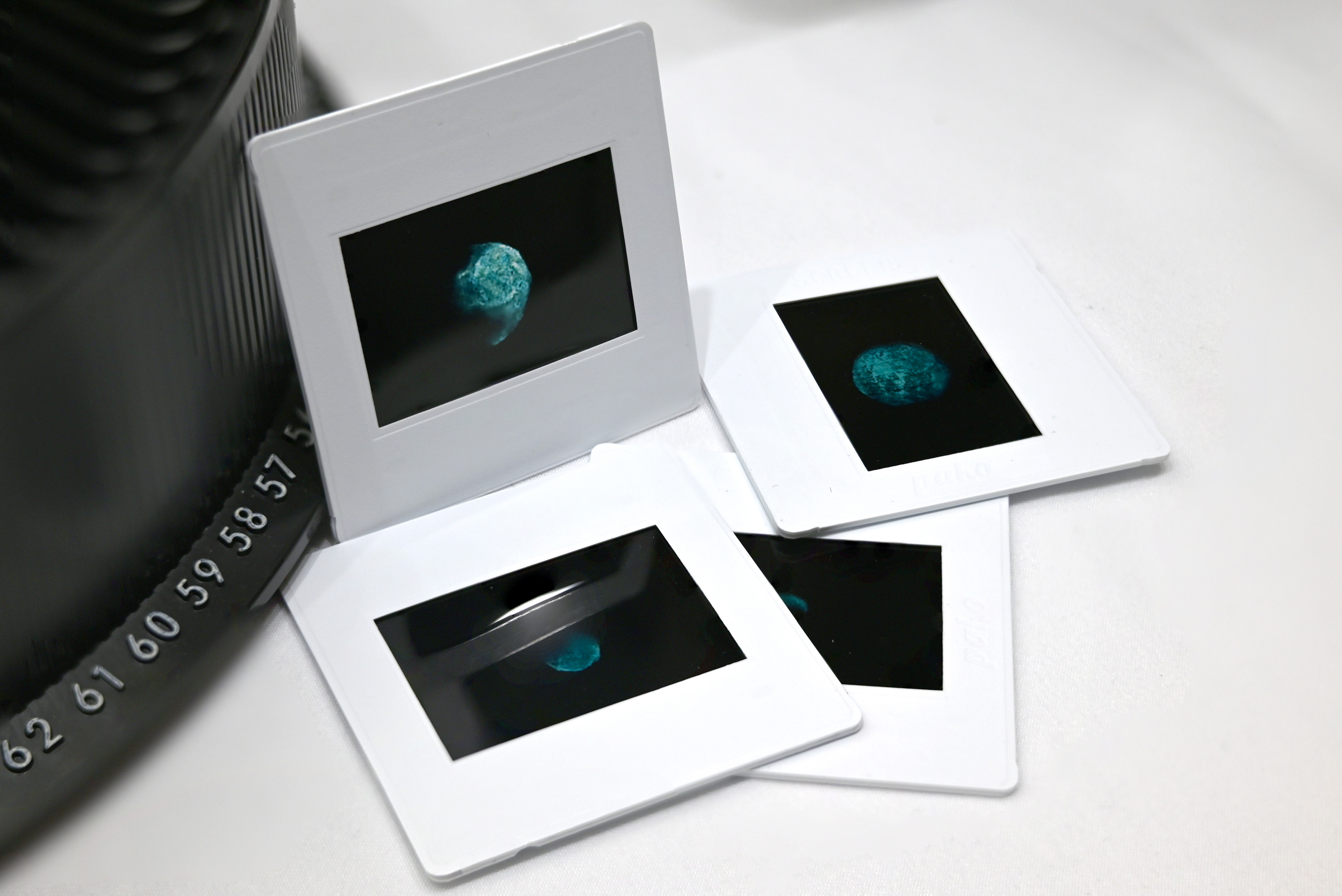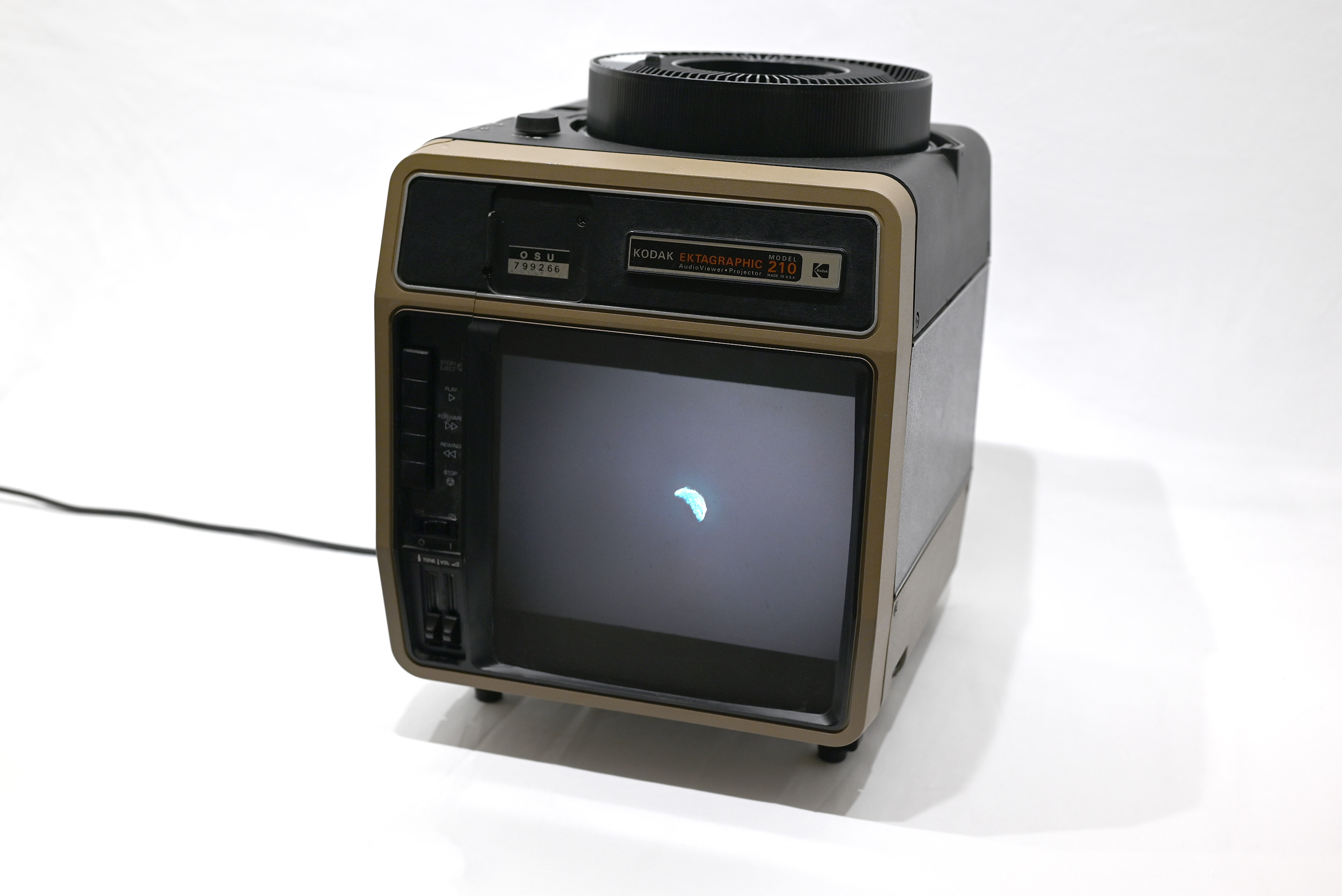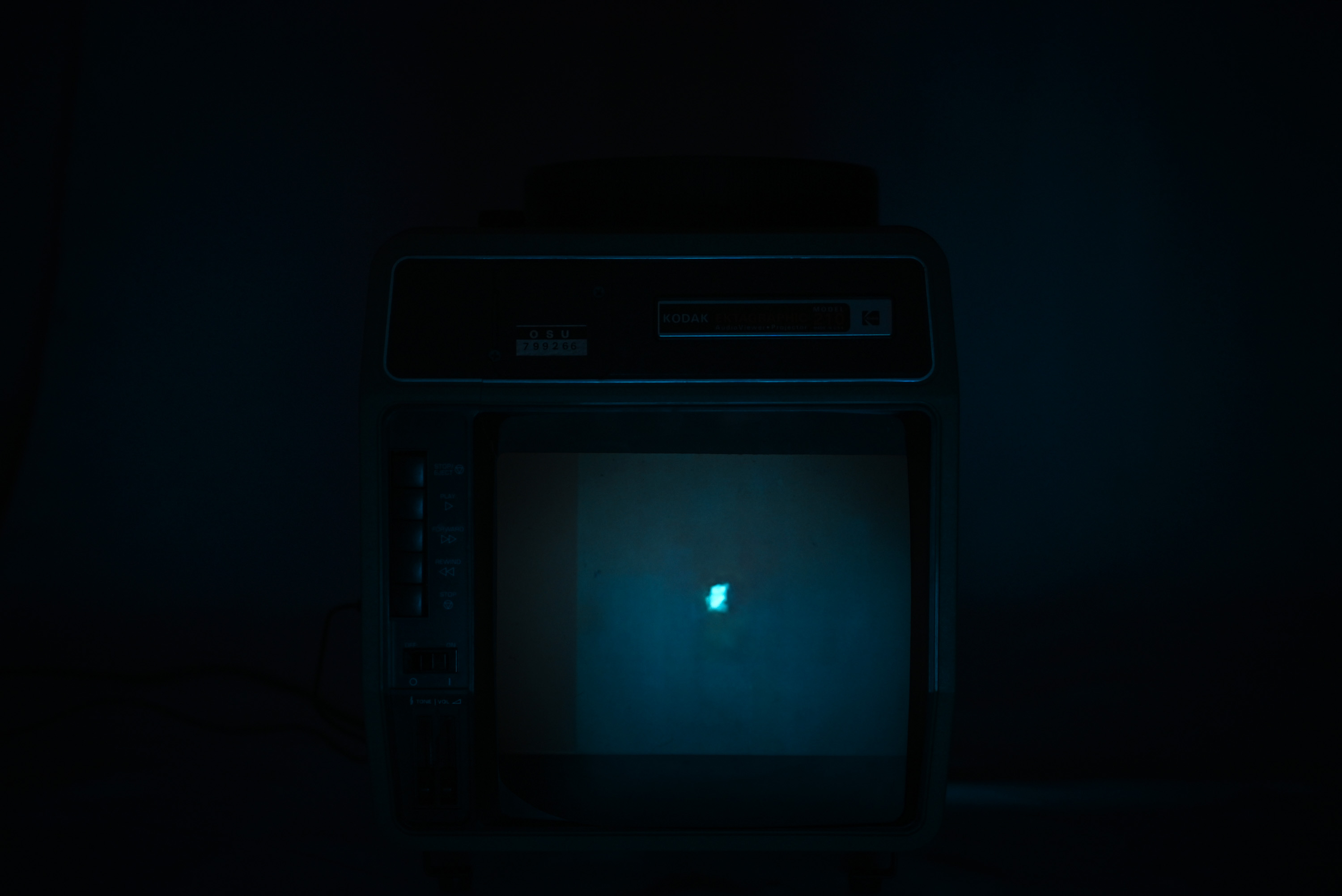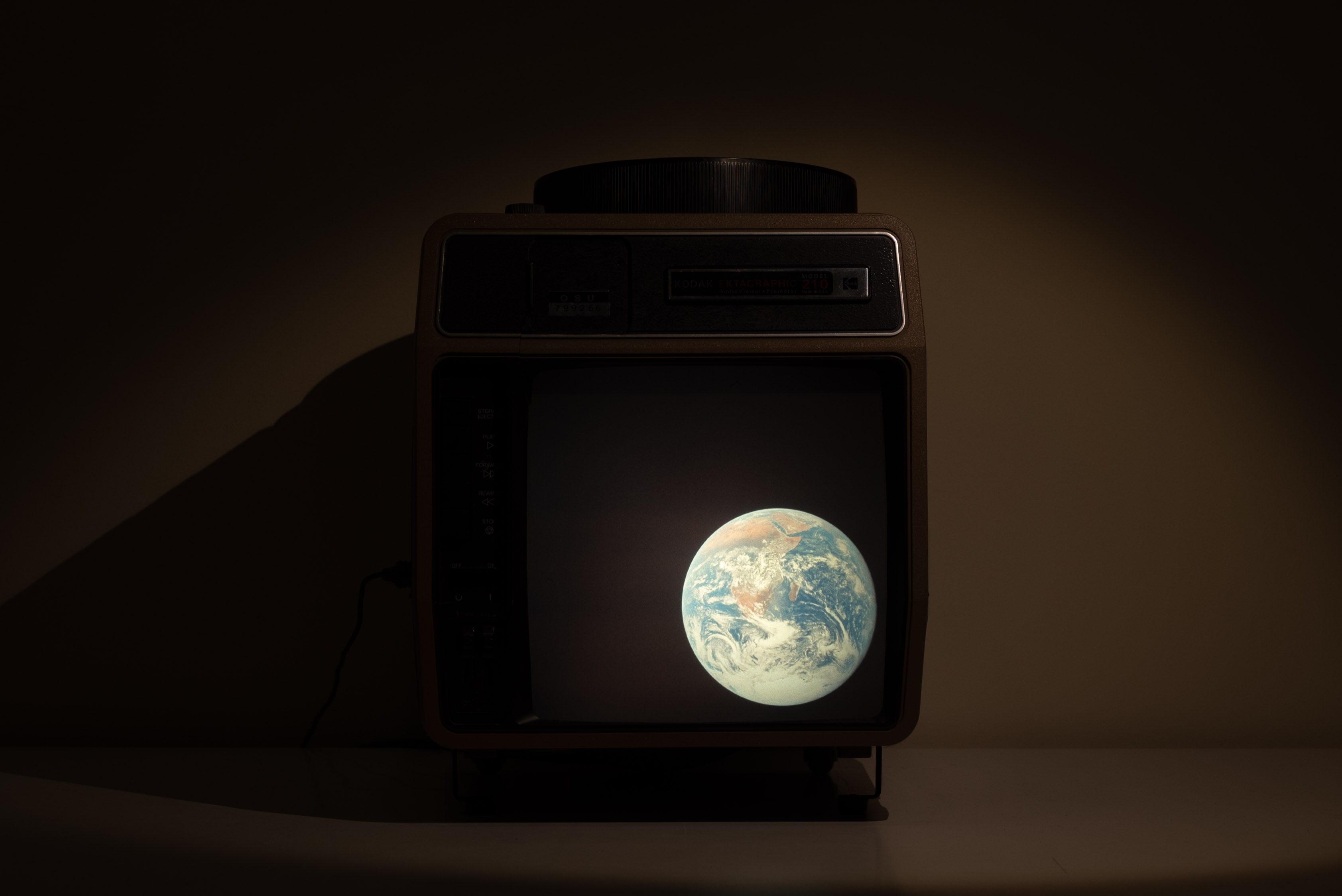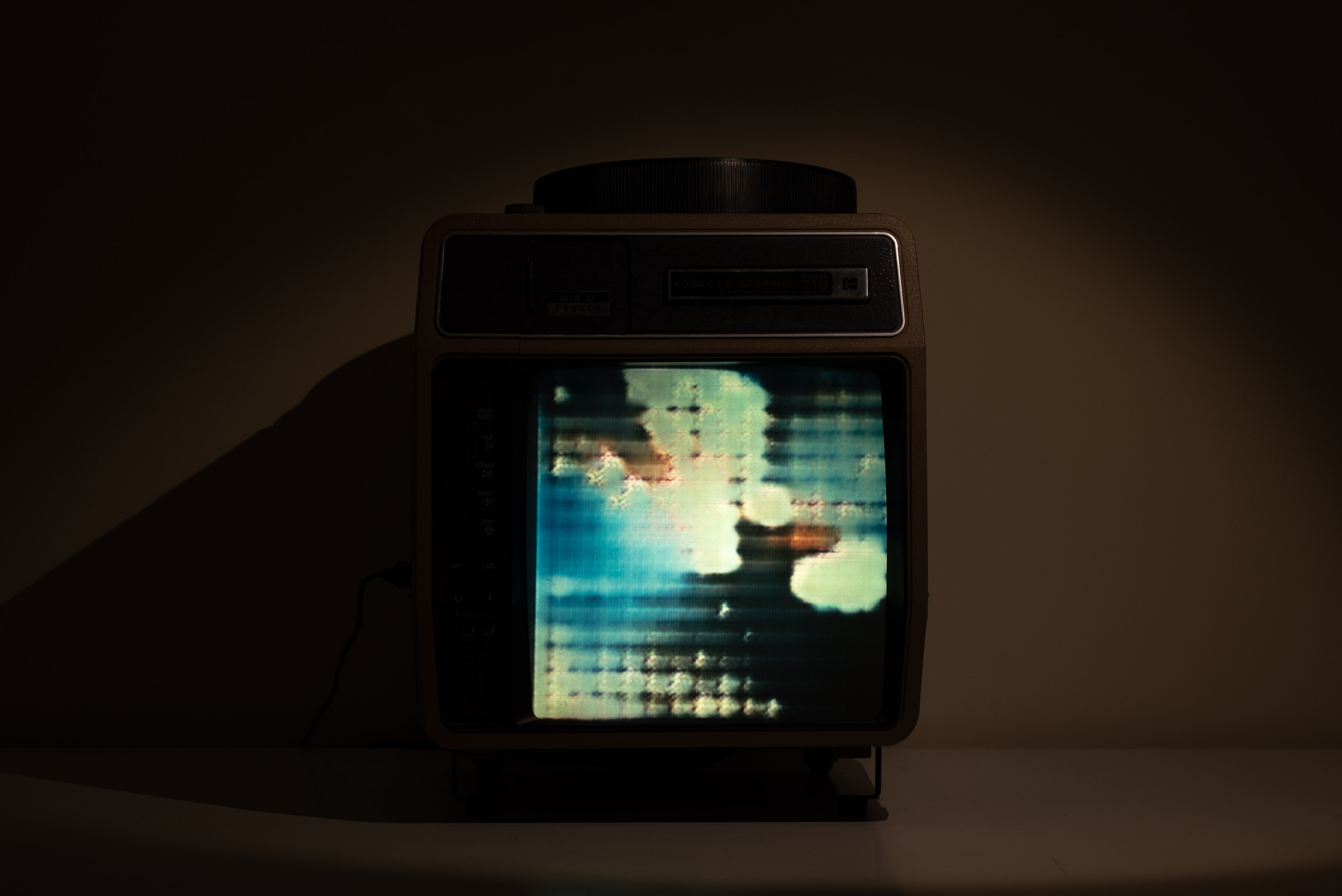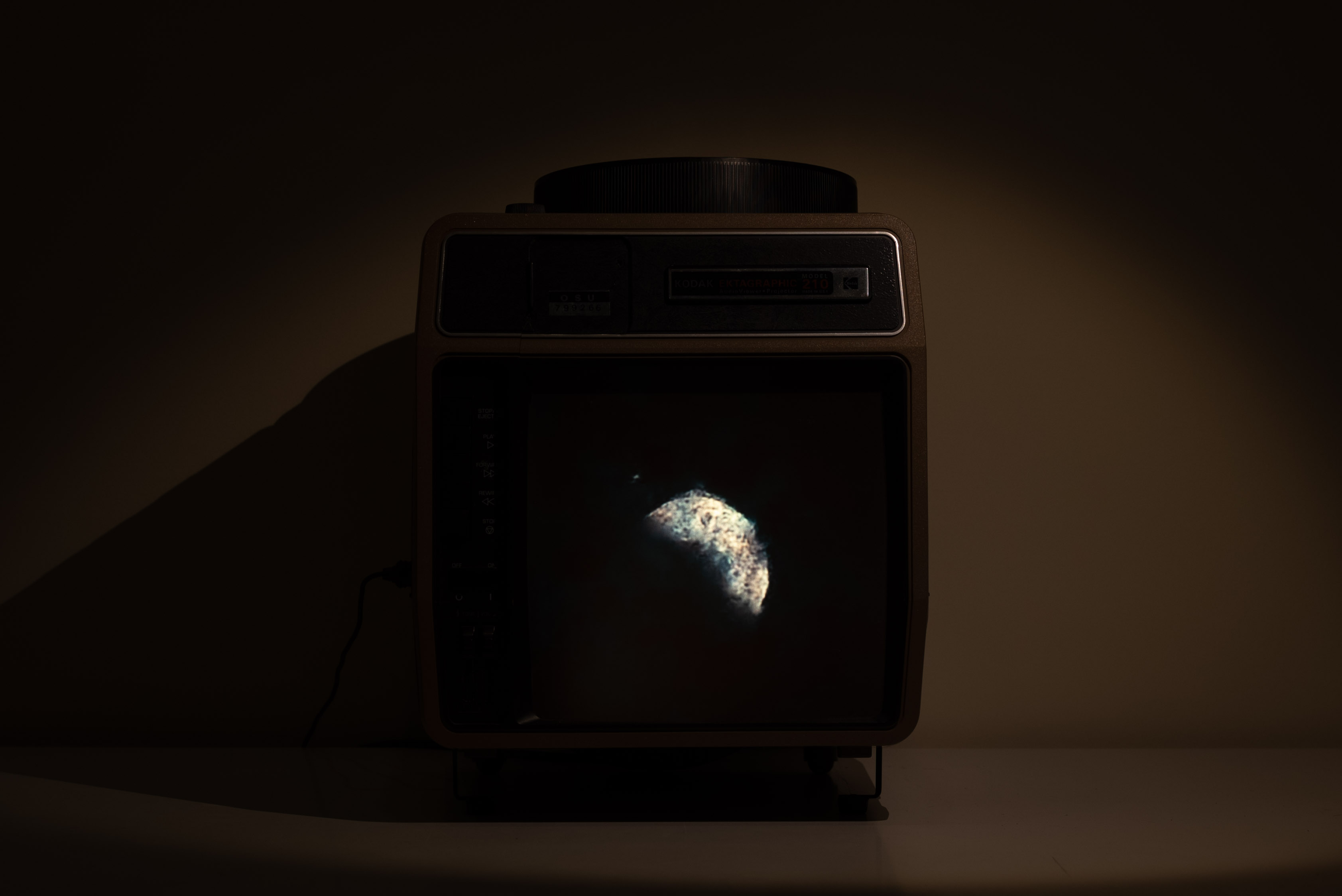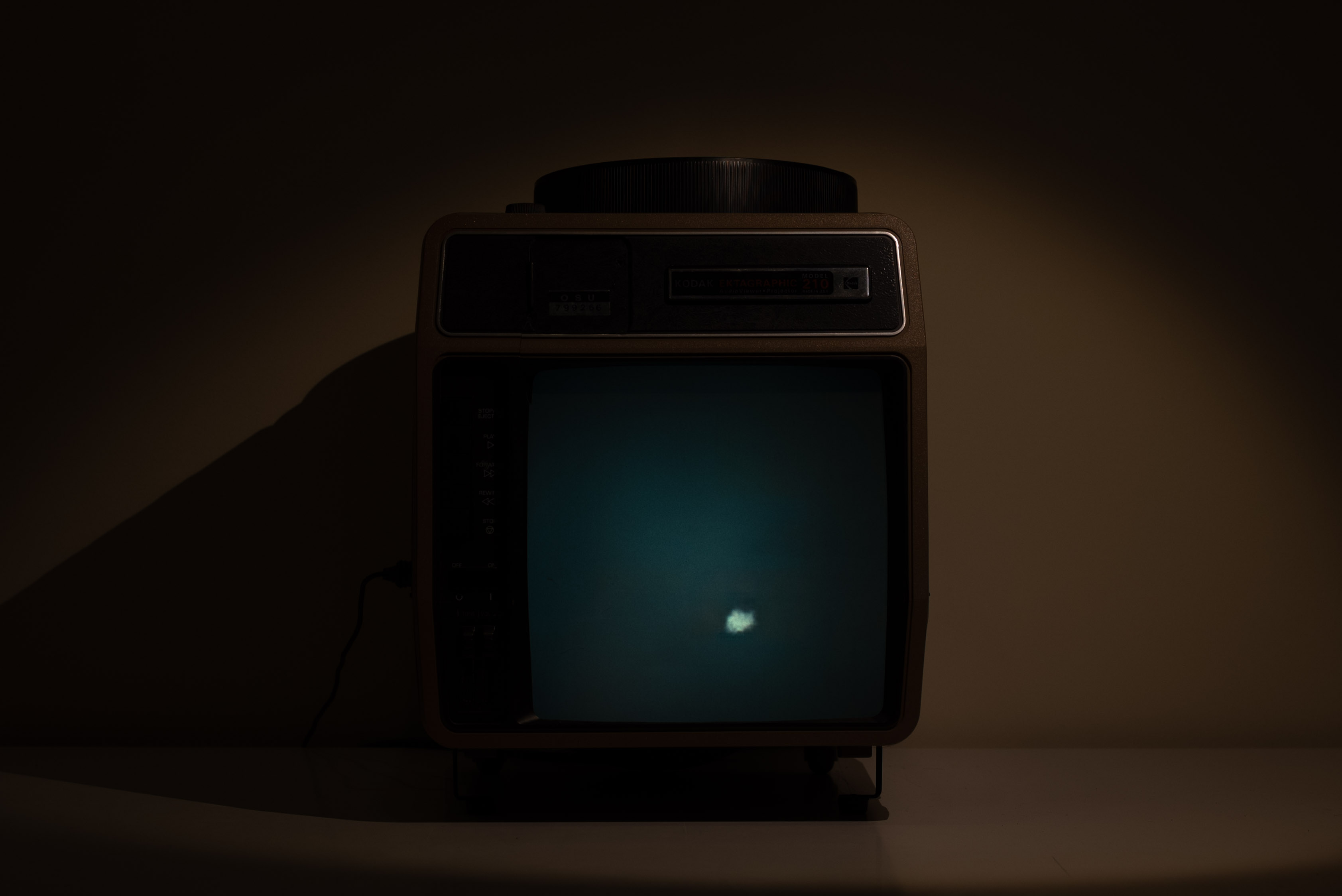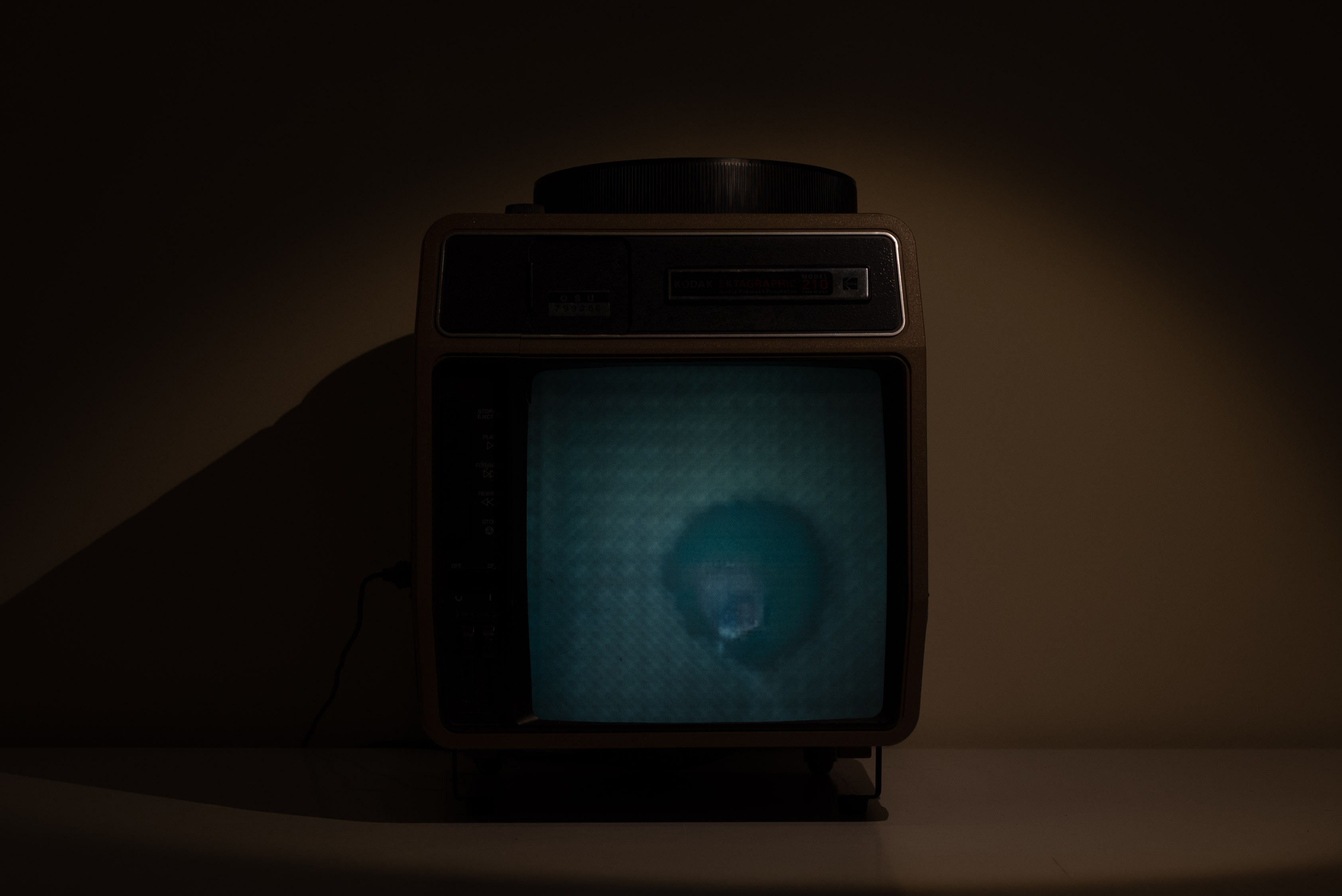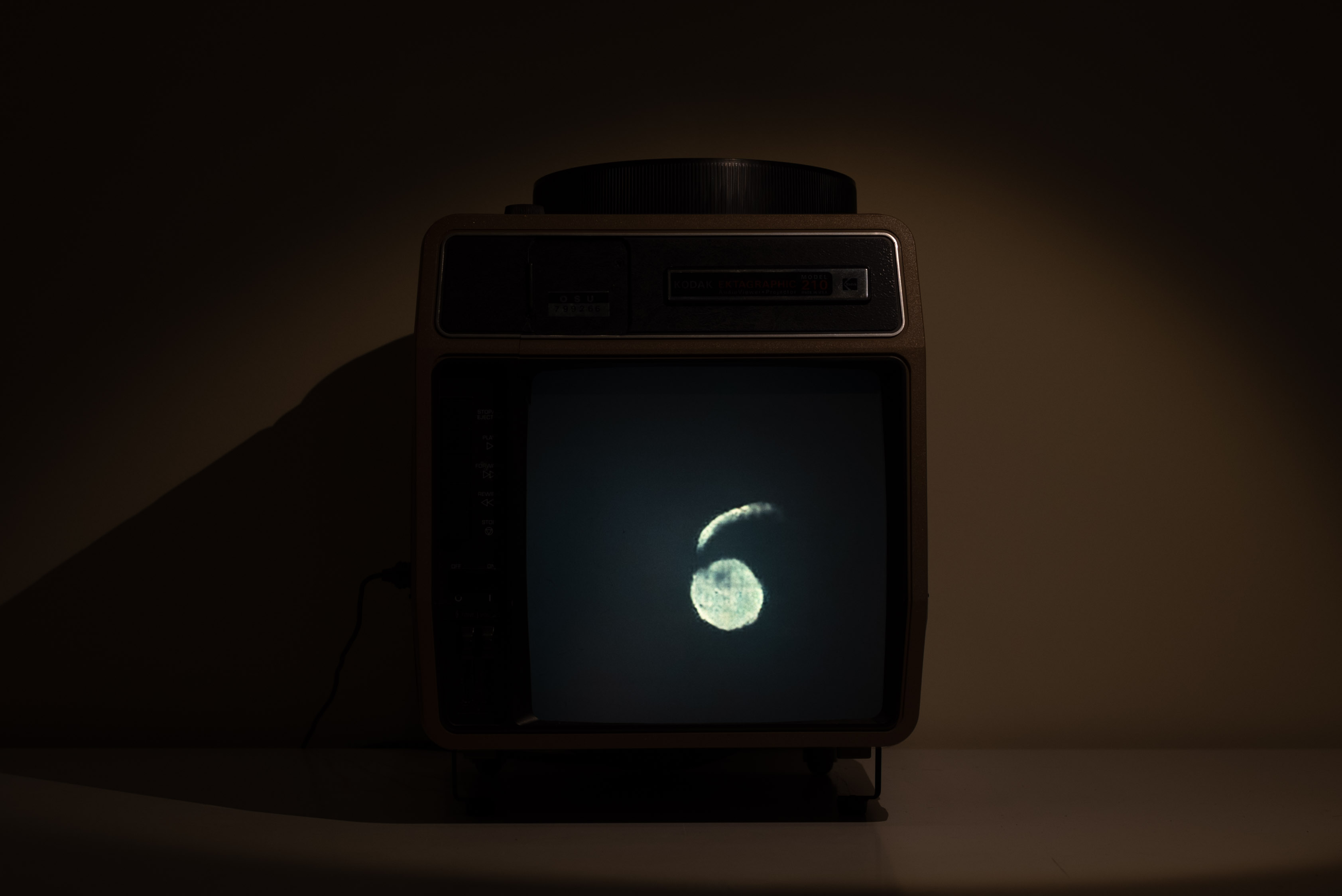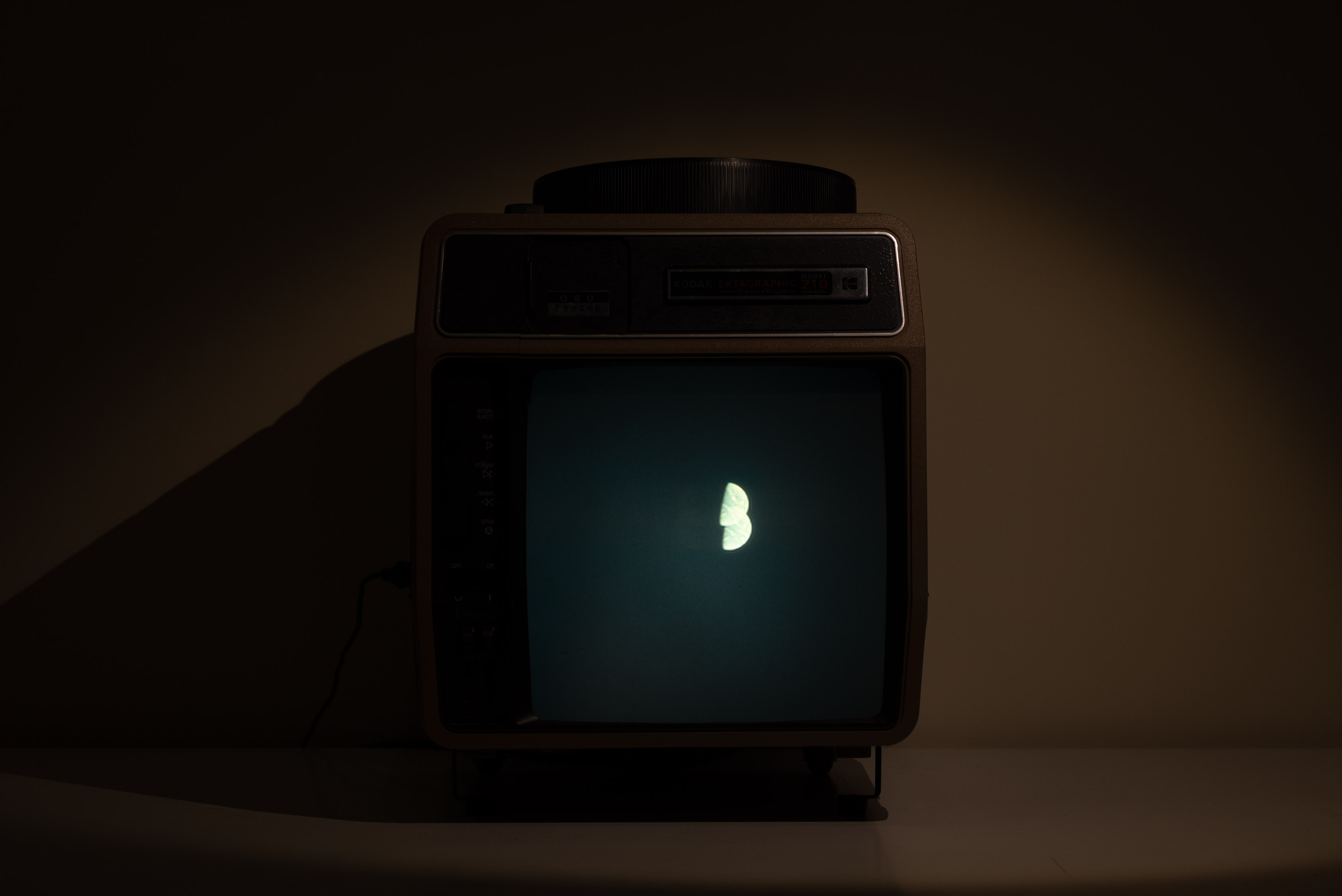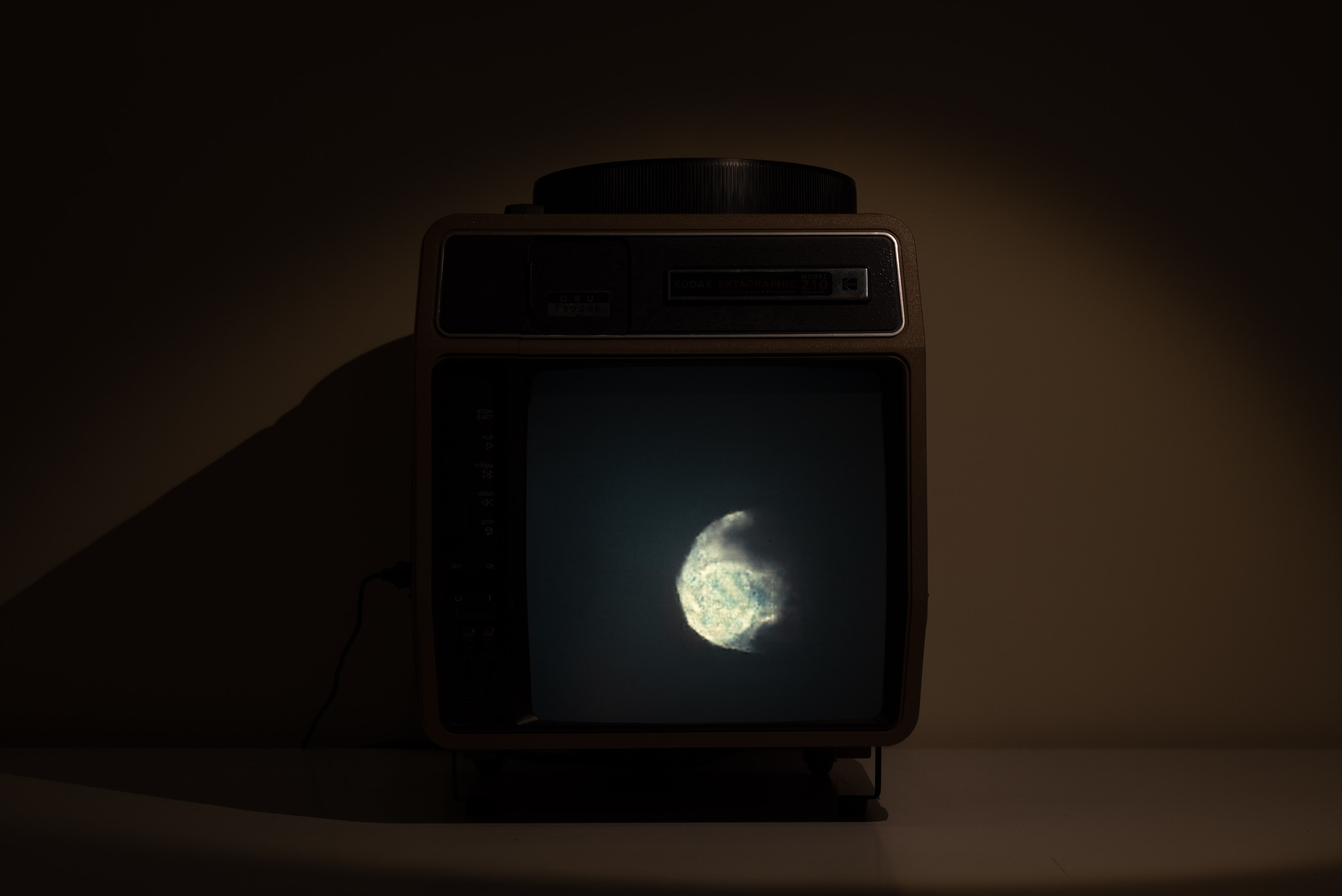"...it’s beautiful, it’s home, and it’s fragile." This is the Earth as described by Michael Collins after the Apollo 11 mission, only 23 other people have seen the view he did. Since the 60s, many astronauts and space tourists have seen the Earth from orbit but only the 24 Apollo astronauts have seen it from such a distance as to render the Earth small enough to be covered with an outstretched hand. To see the Earth from above evokes unity and stewardship but to see it tiny wells up a visceral existential perspective of ultimate solitude. This is the 'overview effect' and for 50 years we have been out of touch with this feeling. Since then, images of Earth have become more ubiquitous and less striking, we have lost touch with the context in which they exist as part of a bigger universe. The Blue Marble photo taken on Apollo 17 that emboldened a global environmental movement takes a back seat to computer rendered earth on the iPhone lock screen. There is still a future in which we reconnect with the Earth’s image and see our home with fresh eyes but it will take an image substantially more extreme. We have so far discovered approximately two dozen planets that could have an Earth-like climate. We know where they are and we are actively constructing the telescopes to observe them closely. We will soon enter an age where Earth is no longer the only pale blue dot we know of, a perspective shift is approaching. A shift in which we may not be able to recognize the Earth viewed from a distance.
I have generated imagined views of new planets by mirroring the scientific process by which these potential Earth-like planets are simulated to aid in their discovery. The process I developed started by collecting images from the Apollo missions where the overview effect was felt through the very lens of each photo. With this image set, I trained a neural network to generate new Earth-like images which mirrors the process by which exoplanetary research models based off of Earth are used to generate scientifically valuable simulations of new habitable planets. The images output from the trained network also bare the uncertainty and clumsiness inherent in the scientific models. When viewed in isolation it is clear this is like Earth but not, uncanny but possible, there could be life beyond the resolution. Are we ready for the image of our home to be just one of many?




